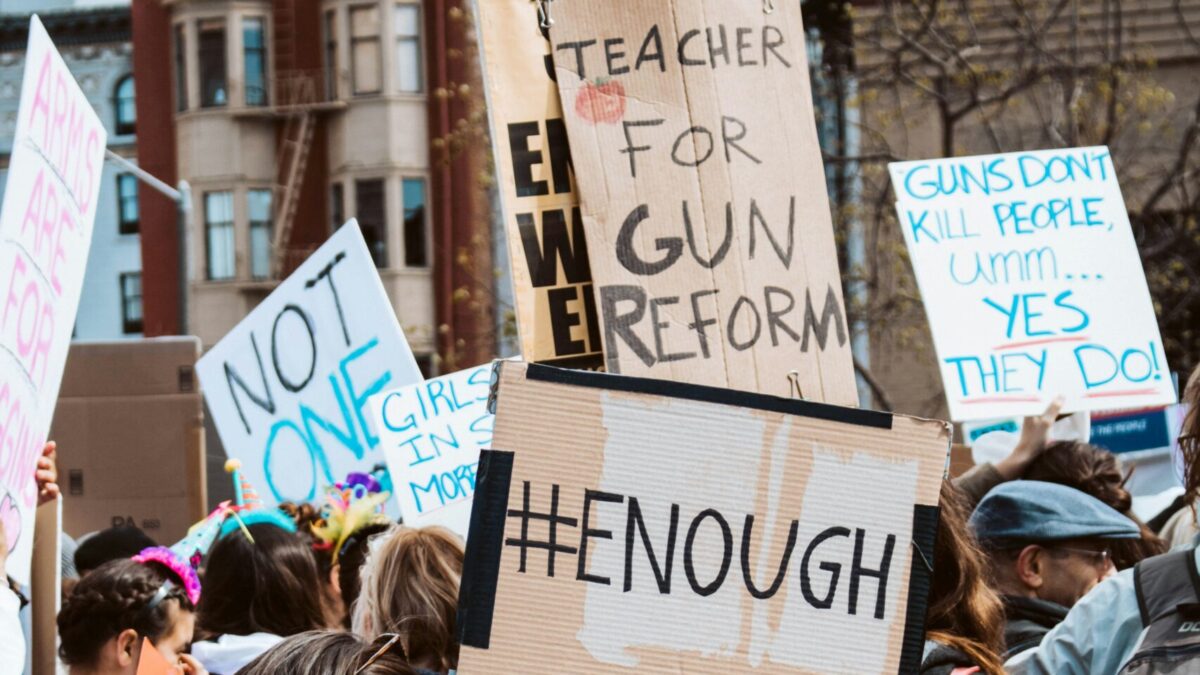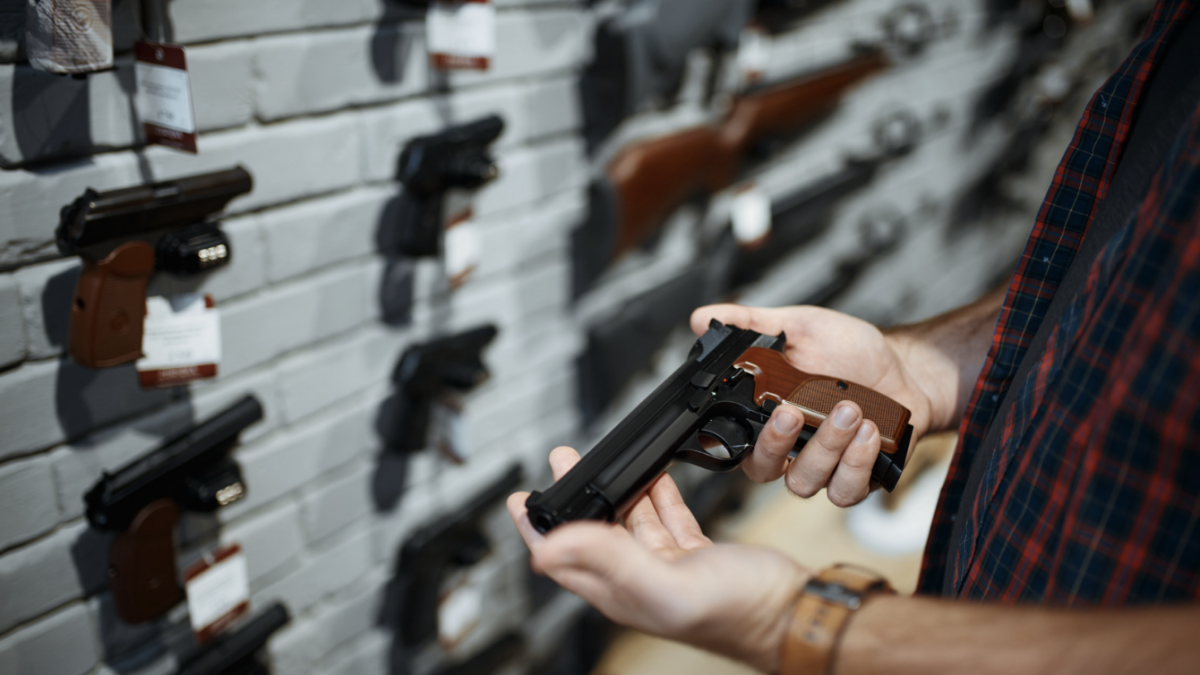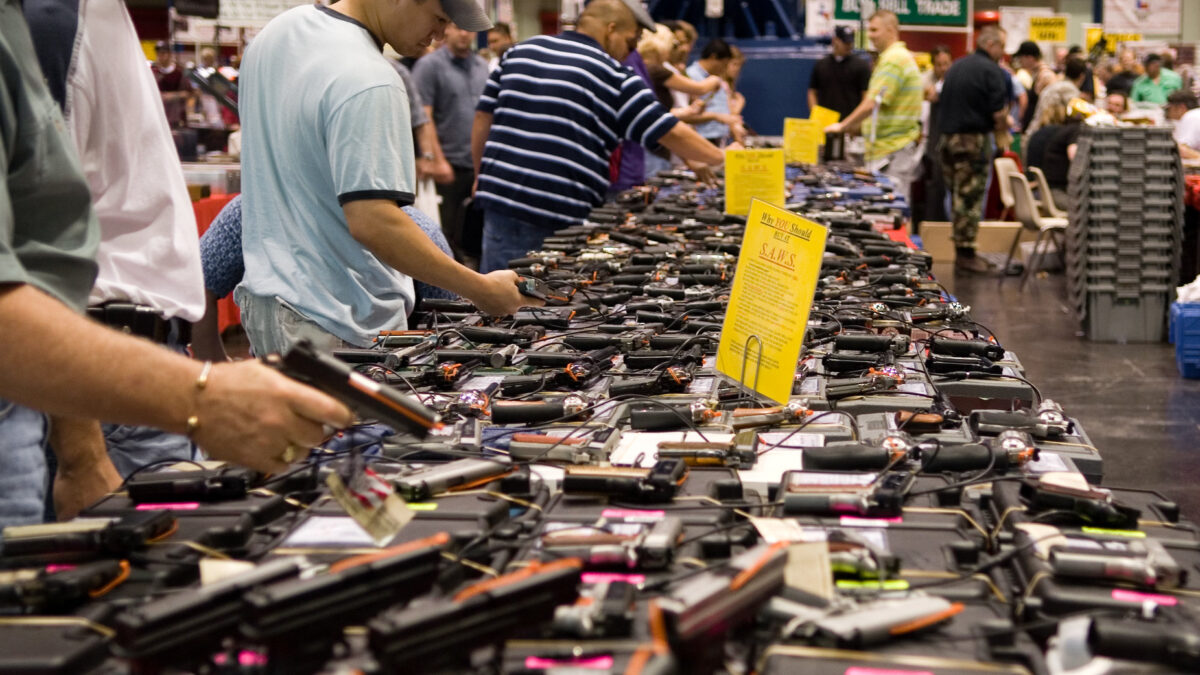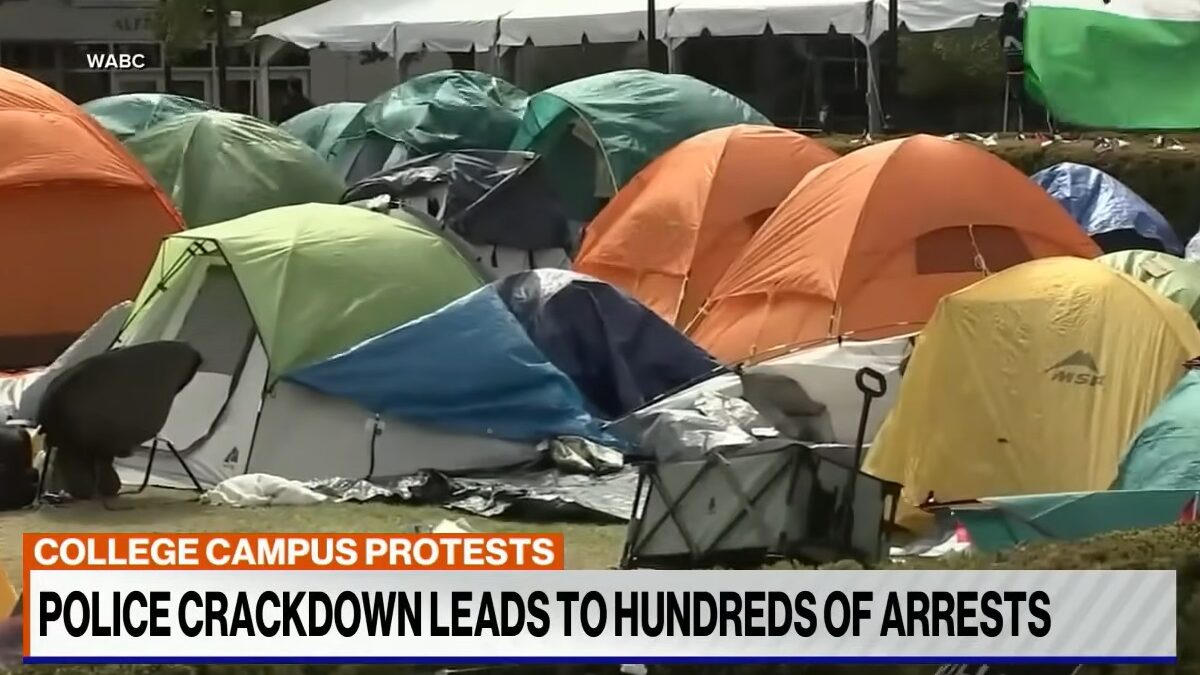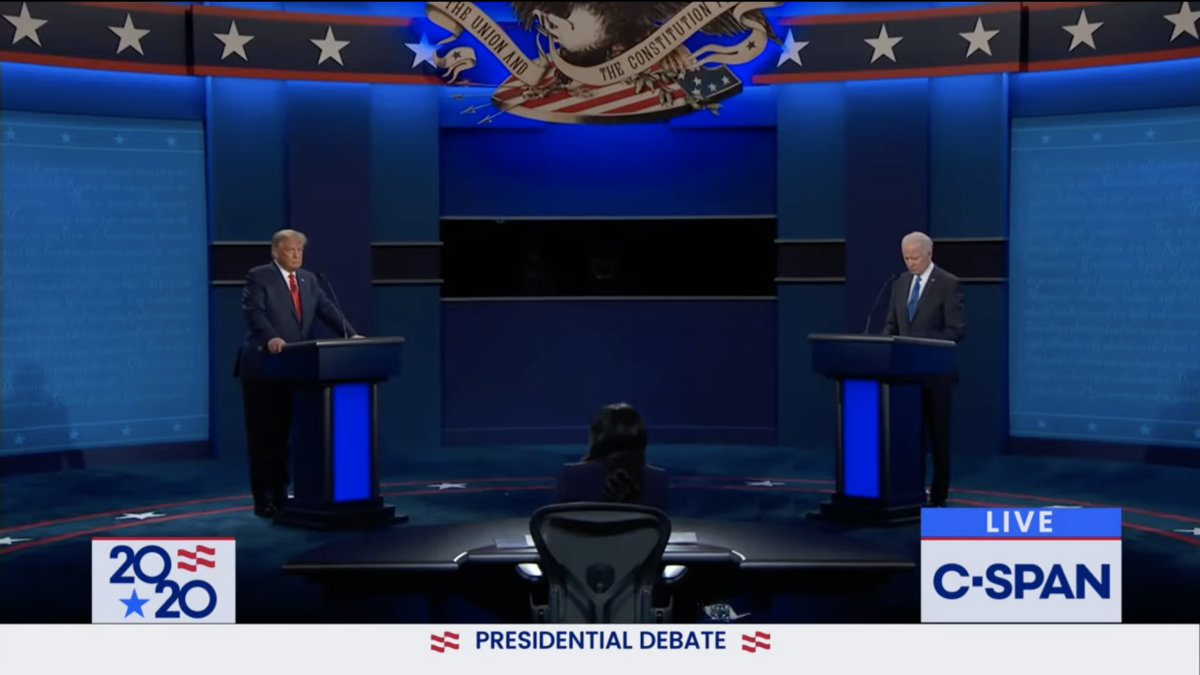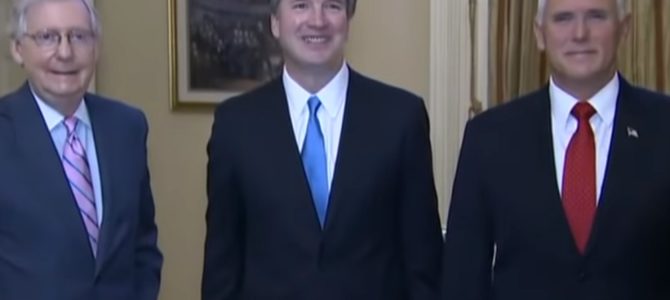
Even before President Trump named federal appellate judge Brett Kavanaugh as his choice to replace Anthony Kennedy on the Supreme Court, Democrats had already begun to paint whatever nominee would eventually receive the presidential nod as an extremist on abortion “rights” and gun control. Kavanaugh is neither. In fact, his dissenting opinion in Heller v. District of Columbia (Heller II), proves quite the contrary: On the Second Amendment, Kavanaugh supports “common sense gun control,” while the Left remains out of the mainstream.
The Left, however, will attempt to mislead the public on Kavanaugh’s views, by pointing to Kavanaugh’s conclusion in Heller—that Washington DC’s ban on semi-automatic rifles is unconstitutional—while ignoring his analysis. Kavanaugh’s analysis is key, however, because he not only sought to properly apply Supreme Court precedent (as lower federal judges should), he also detailed a balanced approach to the Second Amendment, consistent with Supreme Court precedent. Here’s how.
Kavanaugh Said Heller Allows Gun Restrictions
Heller II involved the follow-up lawsuit brought by DC resident Anthony Dick Heller following his victory in Heller v. District of Columbia (Heller I). In Heller I, the Supreme Court held the Second Amendment protects an individual’s right to keep and bear arms and struck DC’s ban on handguns. In Heller II, the plaintiffs challenged the revised gun laws DC adopted in the wake of Heller I. As relevant to Kavanaugh’s dissent, those laws banned the possession of most semi-automatic rifles.
On appeal to the DC Circuit Court of Appeals, a two-judge majority upheld DC’s ban of semi-automatic rifles by conducting a balancing test and asking whether the law was “substantially related to an important governmental objective.” Lawyers know this test as “intermediate scrutiny.” Applying intermediate scrutiny, then, the majority upheld the local law banning possession of semi-automatic rifles, concluding that the ban was substantially related to two important governmental objectives: protecting police officers and aiding in crime control.
Kavanaugh dissented. In his dissent, Kavanaugh began by stressing what Heller I did—and did not do:
It bears emphasis that Heller [I], while enormously significant jurisprudentially, was not revolutionary in terms of its immediate real-world effects on American gun regulation. Indeed, Heller [I] largely preserved the status quo of gun regulation in the United States. Heller [I] established that traditional and common gun laws in the United States remain constitutionally permissible. The Supreme Court simply pushed back against an outlier local law – D.C.’s handgun ban – that went far beyond the traditional line of gun regulation. As Heller [I] emphasized: ‘Few laws in the history of our Nation have come close to the severe restriction of the District’s’ law.’
So, as Kavanaugh explained, while constitutionally Heller I proved significant, practically the high court’s holding had limited impact: “Traditional and common gun laws in the United States remain constitutionally permissible.”
Kavanaugh next turned to the question of how, under controlling Supreme Court precedent, courts should evaluate the constitutionality of gun laws. His analysis, which spanned some 50-plus pages, thoroughly scrutinized Heller I and McDonald v. City of Chicago. The latter held the Second Amendment also protects individuals from state and local governments infringing upon their right to keep and bear arms. From this precedent, Kavanaugh concluded that the majority erred in applying intermediate scrutiny to judge the constitutionality of DC’s semi-automatic gun ban, writing:
Heller [I] was up-front about the role of text, history, and tradition in Second Amendment analysis – and about the absence of a role for judicial interest balancing or assessment of costs and benefits of gun regulations. Gun bans and gun regulations that are longstanding – or, put another way, sufficiently rooted in text, history, and tradition – are consistent with the Second Amendment individual right. Gun bans and gun regulations that are not longstanding or sufficiently rooted in text, history, and tradition are not consistent with the Second Amendment individual right.
Applying Heller I’s “text, history, and tradition” test, then, led Kavanaugh to conclude the D.C. gun provisions at issue were unconstitutional. “[L]ike the ban at issue in Heller [I],” Kavanaugh wrote, the DC ban on semi-automatic rifles represents “outliers that are not traditional or common in the United States.” And “[a]s with D.C.’s handgun ban, therefore, holding these D.C. laws unconstitutional would not lead to nationwide tumult,” Kavanaugh added. “Rather, such a holding would maintain the balance historically and traditionally struck in the United States between public safety and the individual right to keep arms.”
Characterizing Kavanaugh As a Gun Nut Is Wrong
The Left, however, will ignore this entire analysis and instead present Kavanaugh as outside the mainstream, claiming the jurist would overturn bans on “assault weapons,” putting school kids at risk. Look for liberals to further this extremist narrative by highlighting decisions from other circuit courts which, like the DC circuit’s majority opinion, have upheld semi-automatic weapon bans. However, as I explained previously, those decisions blatantly ignore the Supreme Court’s analysis in Heller and McDonald, yet the justices have inexplicably refused to intervene. A Justice Kavanaugh may soon change that.
But striking semi-automatic rifle bans is not “extreme” from a constitutional perspective given the prevalence of semi-automatic rifles and that they are “commonly use[d] by law-abiding citizens and [have] traditionally been lawful to possess.” Further, Kavanaugh rejected the more extreme view the plaintiffs in Heller II argued, that DC’s semi-automatic gun ban must be judged under the “strict scrutiny” standard. To satisfy “strict scrutiny,” the government must prove a law “furthers a compelling interest and is narrowly tailored to achieve that interest.” Kavanaugh recognized that “fewer gun laws might pass muster under strict scrutiny than under a history- and tradition-based approach,” which is “no doubt why the plaintiffs in Heller and here have advocated strict scrutiny.”
Kavanaugh did not end there. He made clear that “just because gun regulations are assessed by reference to history and tradition does not mean that governments lack flexibility or power to enact gun regulations. . .. After all, history and tradition show that a variety of gun regulations have co-existed with the Second Amendment right and are consistent with that right, as the Court said in Heller [I].” For instance, bans on short-barreled shotguns and automatic weapons, concealed-carry laws, and laws barring possession by felons all remain valid.
Further, “when legislatures seek to address new weapons that have not traditionally existed or to impose new gun regulations because of conditions that have not traditionally existed, there obviously will not be a history or tradition of banning such weapons or imposing such regulations,” Kavanaugh added. But “[t]hat does not mean the Second Amendment does not apply to those weapons or in those circumstances. Nor does it mean that the government is powerless to address those new weapons or modern circumstances. Rather, in such cases, the proper interpretive approach is to reason by analogy from history and tradition.”
Democrats won’t like this approach, but then again, the Left don’t seem to like the Constitution much these days, and that is the real reason they oppose Kavanaugh.


